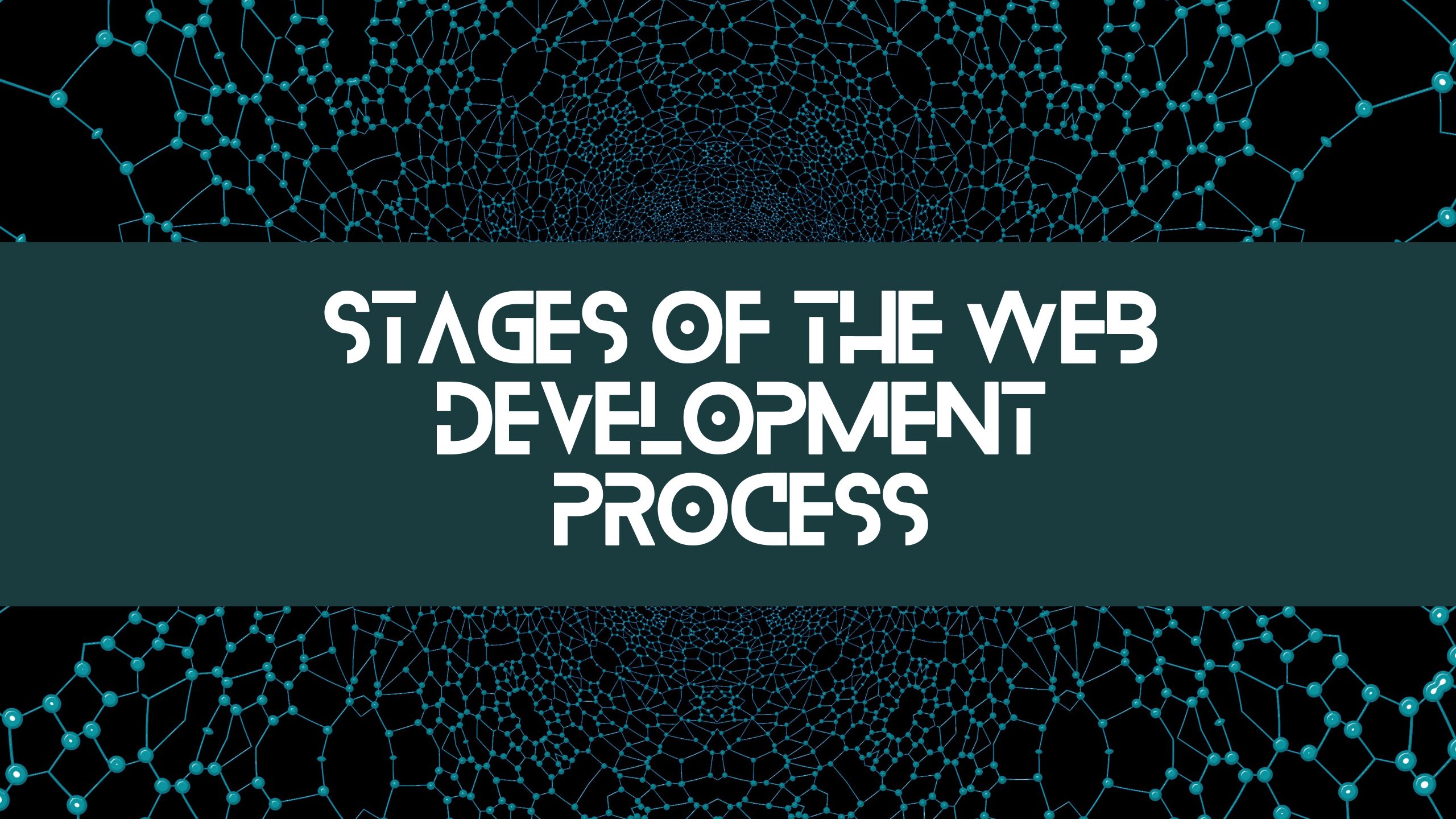Introduction
Web development is the process of creating and maintaining a website. It involves a number of steps, from planning and design to development and testing. It is important to understand the different stages of the web development process so that you can better manage your project and ensure that your website is a success.
Here is a more detailed overview of each stage of the web development process:

1. Planning
The planning stage is the foundation of any successful web development project. It is important to take the time to carefully define your goals for the website, identify your target audience, and create a sitemap.
Goals
What do you want your website to achieve? Do you want to increase brand awareness, generate leads, or sell products and services?
Target audience
Who are you building the website for? What are their needs and wants?
Sitemap
A sitemap is a blueprint for your website. It shows how the different pages on your website are connected.
2. Design
Once you have a plan in place, it is time to start designing your website. This involves creating the visual look and feel of your website, including choosing the right colors, fonts, and layout.
Colors
The colors you choose for your website should be consistent with your branding and should evoke the desired emotion in your visitors.
3. Development
The development stage is where your website is coded and made functional. This involves using programming languages such as HTML, CSS, and JavaScript to create the structure, style, and interactivity of your website.
HTML
HTML (HyperText Markup Language) is the standard markup language for creating web pages. It is used to define the structure of a web page and to add content such as text, images, and videos.
CSS
CSS (Cascading Style Sheets) is a language used to style web pages. It is used to define the appearance of a web page, such as the layout, colors, fonts, and borders.
JavaScript
JavaScript is a programming language used to add interactivity to web pages. It is used to create things like menus, animations, and forms.
4. Testing
Once your website is developed, it is important to test it thoroughly before launching it to the public. This involves testing your website on different browsers and devices to make sure it is working properly and is free of errors.
Browser testing
Test your website on different browsers, such as Chrome, Firefox, and Safari.
Device testing
Test your website on different devices, such as desktops, laptops, tablets, and smartphones.
Feature testing
Test the different features of your website, such as the forms, contact page, and shopping cart.
5. Deployment
Once your website has been tested and approved, it is ready to be deployed. This involves making your website live on the internet.
There are a few different ways to deploy a website. The most common way is to use a web hosting provider. A web hosting provider is a company that stores your website’s files on its servers and makes them accessible to visitors.
6. Maintenance
Once your website is deployed, it is important to maintain it on a regular basis. This involves updating your content, fixing any bugs, and installing security patches.
It is also important to monitor your website’s performance and analytics to see how it is doing. This will help you to identify any areas where your website can be improved.
Conclusion
The web development process can be complex, but it is important to understand the different stages involved so that you can better manage your project and ensure that your website is a success. By following the steps outlined above, you can create a website that meets your needs and achieves your goals.

